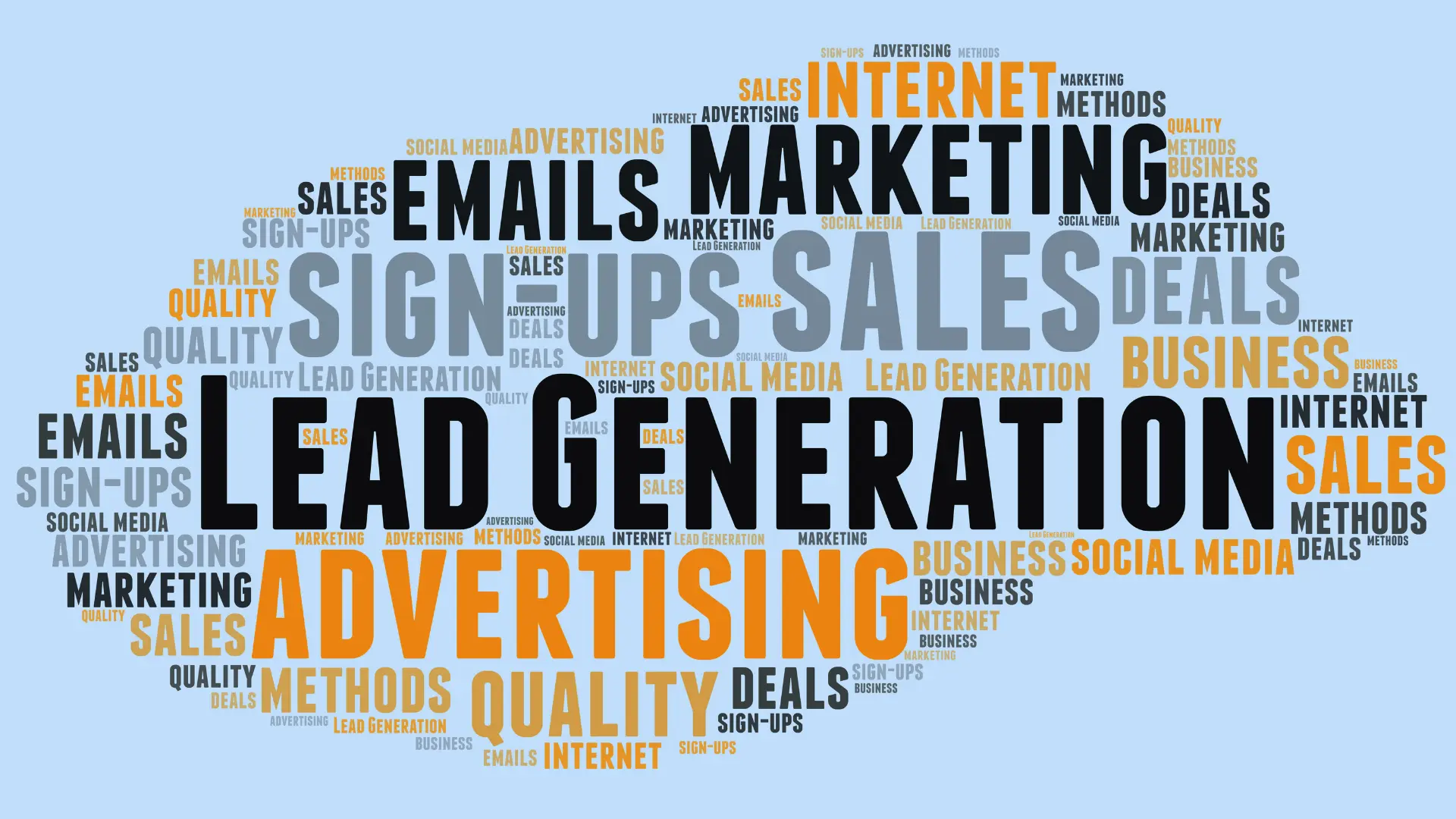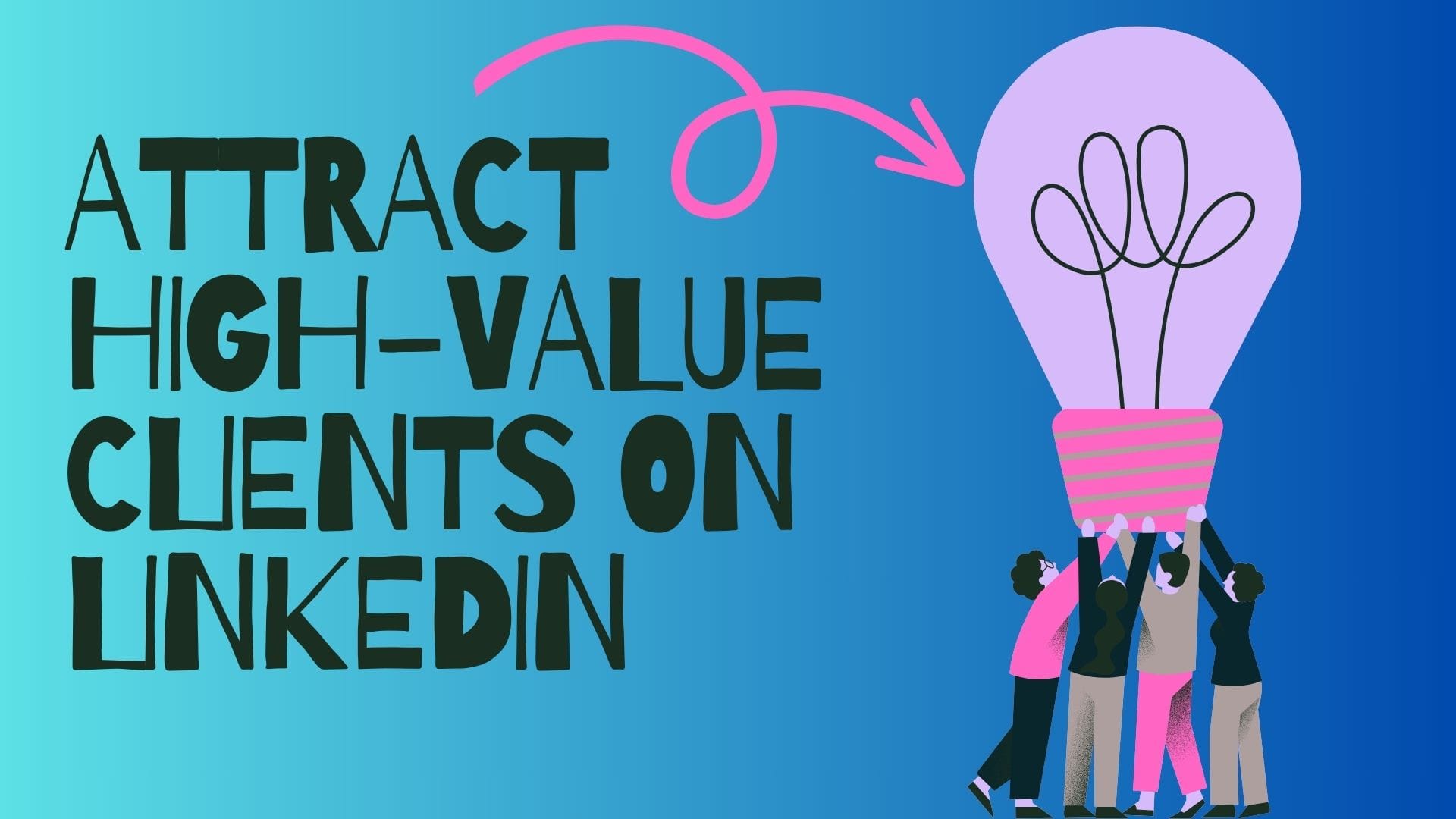If you’re looking to grow your small business through new customer acquisition, lead generation is a crucial strategy. However, the costs of hiring an agency can vary significantly based on location, industry niche, and the specific lead generation services provided. Many small to medium-sized enterprises (SMEs) rely on lead generation companies to streamline this process, helping them connect with targeted prospects that align with their business objectives.
Local Versus International Leads
When it comes to generating leads within your immediate market versus a global audience, the price disparity is noticeable. Local lead generation services are typically more affordable, as they focus on content, social media, directories, and listings that reach nearby consumers. The price for a local lead generation strategy generally ranges between $500-1000 per month. Local agencies often have insight into cultural preferences, relevant local events, and regional advertising channels, which can lead to more authentic customer connections.
This localized approach provides exposure to potential customers in your city or region without adding extra expenses tied to language translation, currency exchange, or cultural adaptation. A well-implemented local strategy ensures that your business stays visible within the community and grows organically.
However, the complexity of international lead generation is reflected in higher pricing, with typical rates from $1000-3000 monthly. Lead generation marketing companies working on an international scale often need to account for translation, cultural adaptation, international payment processing, and logistics like shipping. Additionally, some firms offer specialized services to target international professionals, which can further increase the costs due to the need for specific list acquisitions per country.
Targeting International Professionals
As more businesses look to scale globally, targeting international professionals is becoming more popular. This process, however, is more costly because it requires sourcing contacts from different countries or territories. Larger agencies that focus on global expansion generally offer these services but often command higher monthly retainers to cover the specialized expertise and resources required.
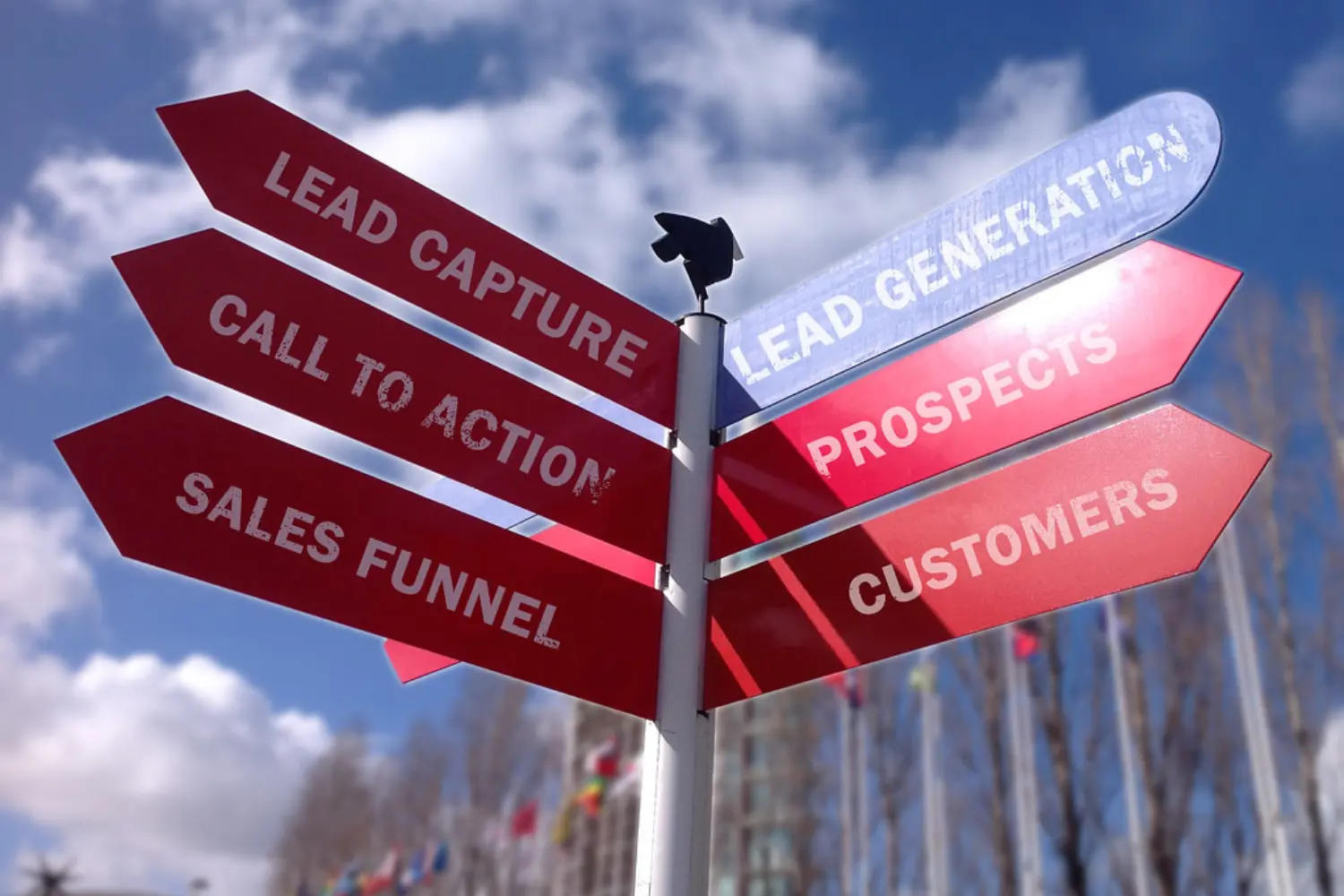
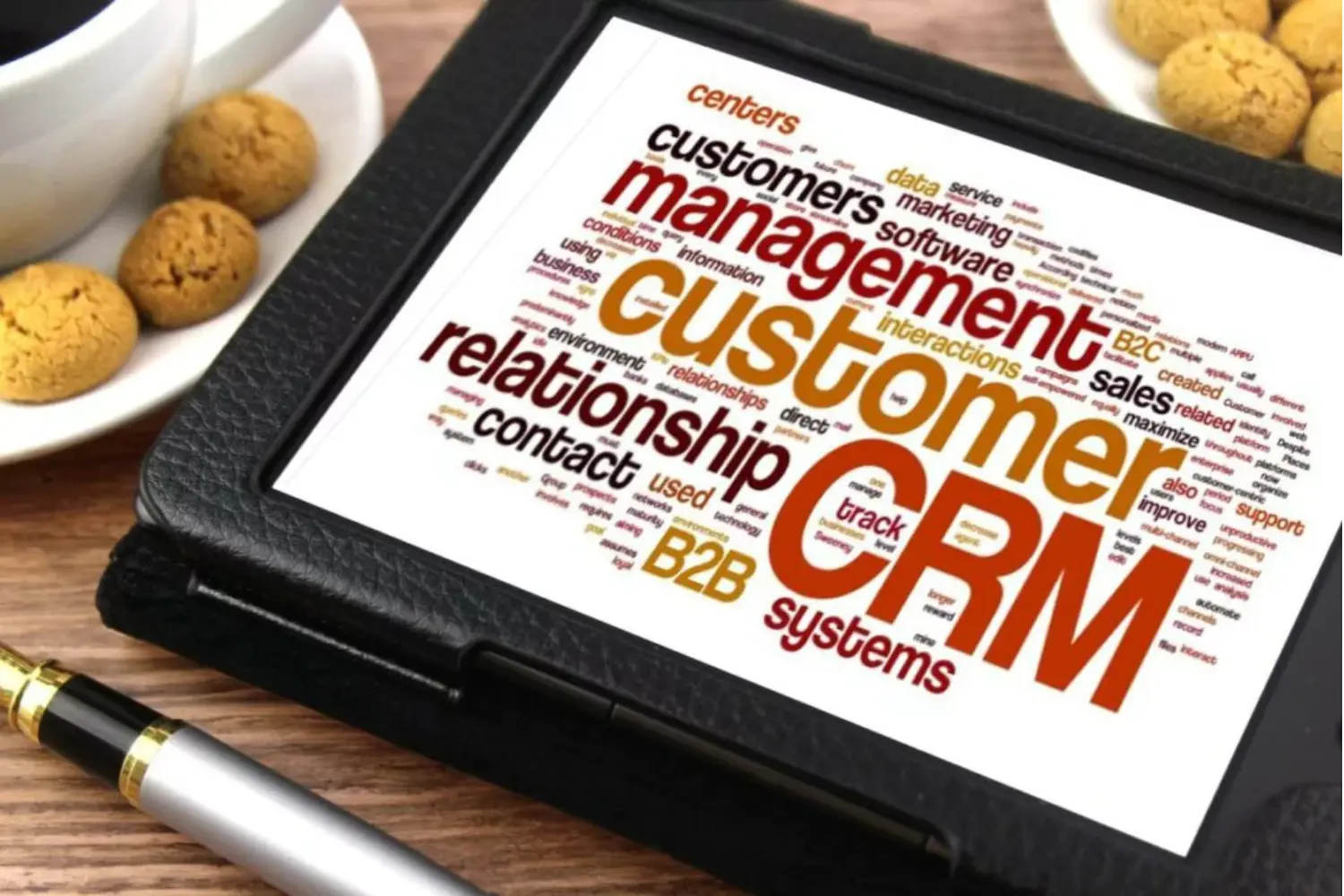
Pay-Per-Lead Versus Fixed Fee Models
Most lead generation companies offer either pay-per-lead pricing or fixed monthly fees. Pay-per-lead (also called pay-per-action or pay-per-response) is a popular choice, as businesses only pay for qualified leads as they are delivered. The pricing for this model tends to range from $5-20 per contact on average, though it can vary widely based on factors like location, lead volume, lead quality standards, and industry. This approach allows companies to reduce financial risk since payment only occurs when actual results are delivered.
On the other hand, fixed-fee arrangements create a consistent budget and are often priced between $1000-2000 per month for basic lead generation programs. Fixed fees can offer budget predictability, although they may not guarantee a set number of leads each month. Many businesses prefer this arrangement as it provides stability, and companies can scale up their investment to access more advanced multi-channel campaigns as their marketing needs grow.
Pros and Cons of Each Model
For budget-conscious small businesses, pay-per-lead offers a distinct advantage. With this model, companies can control costs and only invest in leads that have been pre-qualified to meet specific criteria. However, this model can be harder to manage as lead volume might be inconsistent.
In contrast, fixed fees offer greater control over the elements of a campaign and performance indicators. By choosing a fixed rate, businesses can negotiate on deliverables, making this option suitable for those with long-term marketing goals.
On the other hand, fixed-fee arrangements create a consistent budget and are often priced between $1000-2000 per month for basic lead generation programs. Fixed fees can offer budget predictability, although they may not guarantee a set number of leads each month. Many businesses prefer this arrangement as it provides stability, and companies can scale up their investment to access more advanced multi-channel campaigns as their marketing needs grow.
Specialized Industries Demand Specialized Expertise
The industry in which a business operates can significantly influence lead generation pricing. For example, generating high-intent leads for business-to-business (B2B) technology sectors requires specialized knowledge and costs more than attracting consumer-focused (B2C) leads. B2B lead generation costs are higher because they often involve tailored research, targeted outreach, and specialized strategies that focus on unique buyer personas.
Example Industries
For example, a lead generation agency specializing in digital marketing may charge anywhere between $2000-3000 monthly for generating leads for B2B software-as-a-service (SaaS) businesses. These agencies often leverage proprietary databases and finely-tuned sales processes to reach decision-makers within target organizations. In contrast, B2C lead generation—such as services for ecommerce retailers—might cost between $1000-1500 monthly, as the strategies are generally more straightforward and less specialized.
Agencies with expertise in a particular field may offer higher lead quality due to their deep understanding of that industry. This kind of specialization also enables businesses to gain a competitive edge in industries with unique pain points or niche markets.

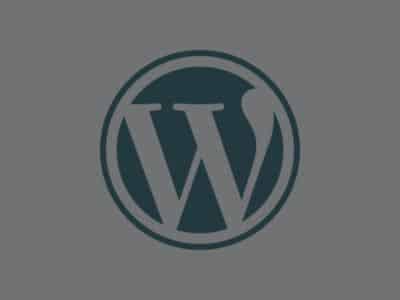




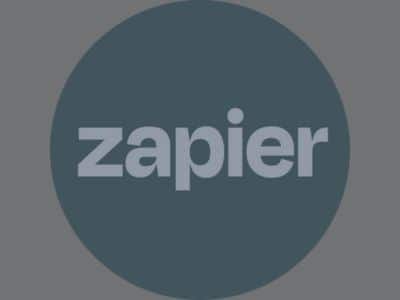

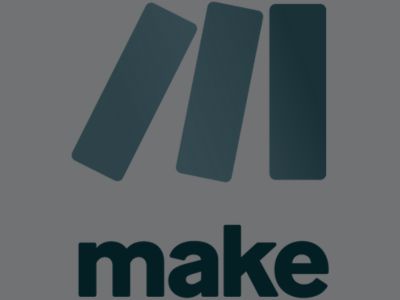




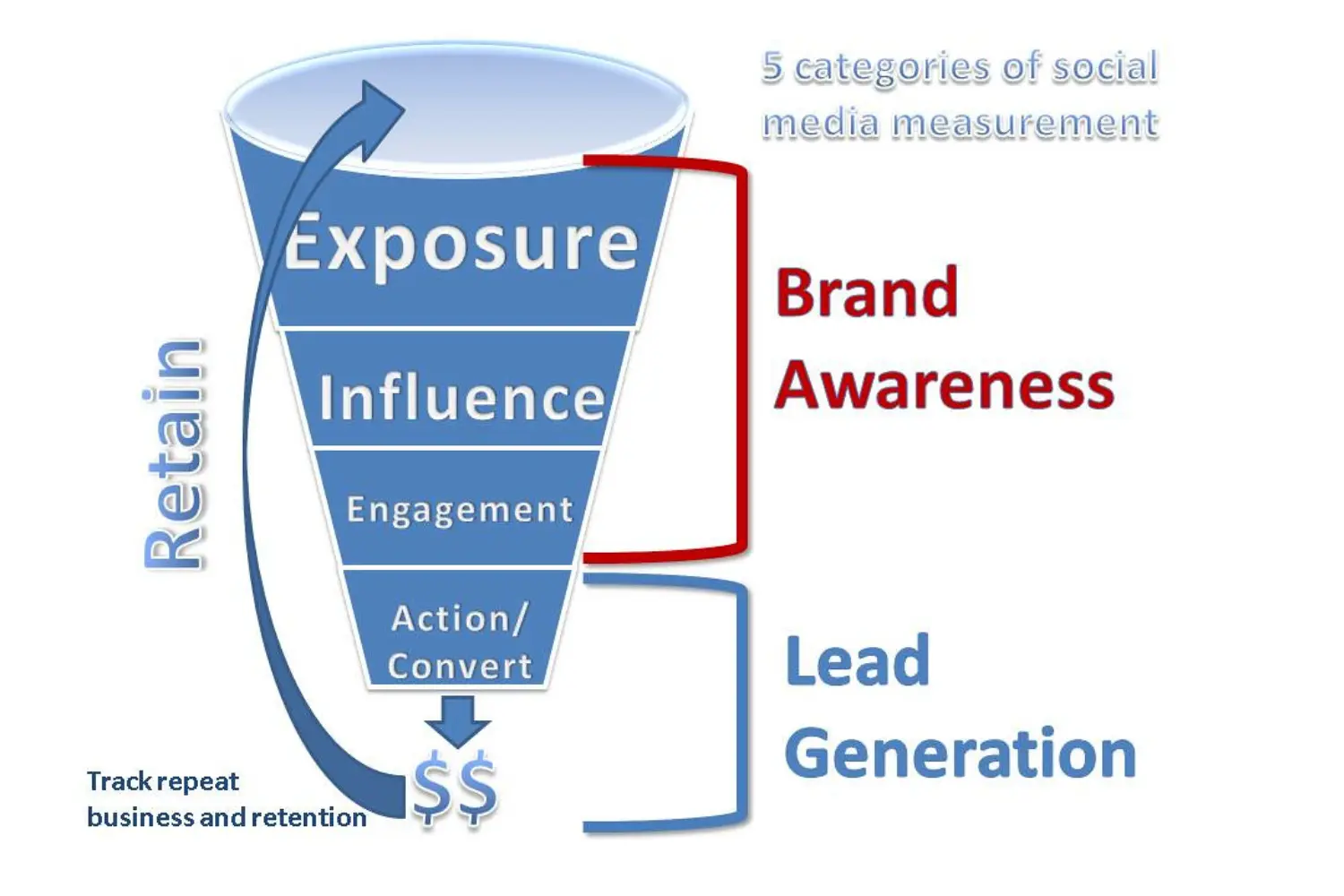

Service Scope Impacts the Project Budget
Naturally, the scope of services also affects lead generation costs. The more channels and strategies involved in a campaign, the higher the pricing. Here’s an overview of different services that are commonly offered:
Factors That Impact Lead Quality and Costs
Lead generation isn’t only about generating a high volume of leads; it’s also about acquiring quality leads that are more likely to convert. Companies that focus on high-quality lead generation place importance on understanding buyer personas, customer pain points, and ideal customer profiles to create targeted marketing efforts. Agencies that emphasize lead quality tend to charge more, but the investment often pays off in the form of higher conversion rates.
Top-tier lead generation firms rely on sophisticated techniques and data-driven strategies to refine the quality of leads. This may include A/B testing, customer segmentation, or personalized email content, ensuring that the generated leads have a stronger intent to buy. By carefully crafting an RFP (Request for Proposal) and vetting agencies, businesses can identify providers with the experience and track record to meet their sales objectives.
Summary: Choosing the Right Lead Generation Model for Your Business
Selecting the right lead generation service requires understanding each model’s costs and benefits and aligning them with your business objectives. Whether you’re a small business aiming for local visibility or a company expanding globally, a clear pricing breakdown will help you find an agency that fits your budget and goals.
A digital marketing lead generation agency can provide comprehensive guidance, leveraging automation tools and expertise to ensure maximum return on investment. Whether you’re opting for local lead generation services, an international strategy, or specialized B2B lead generation, choosing the right partner is key to achieving sustainable growth and measurable results.

